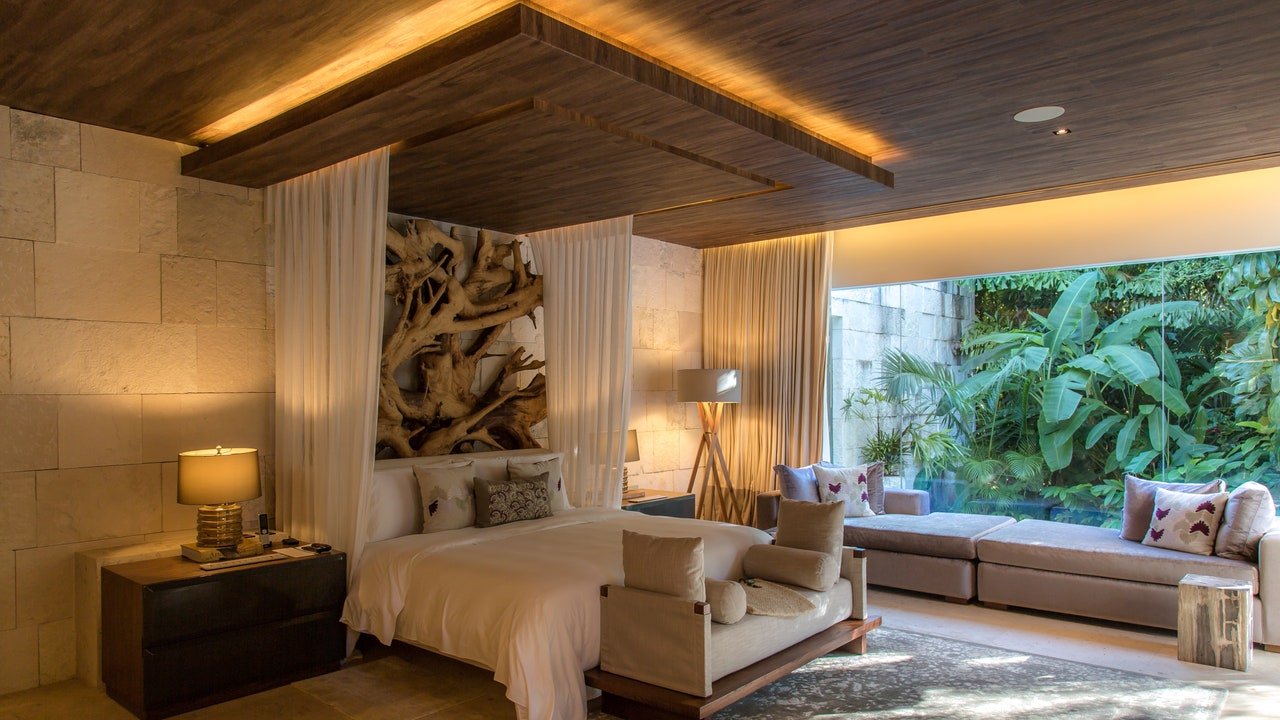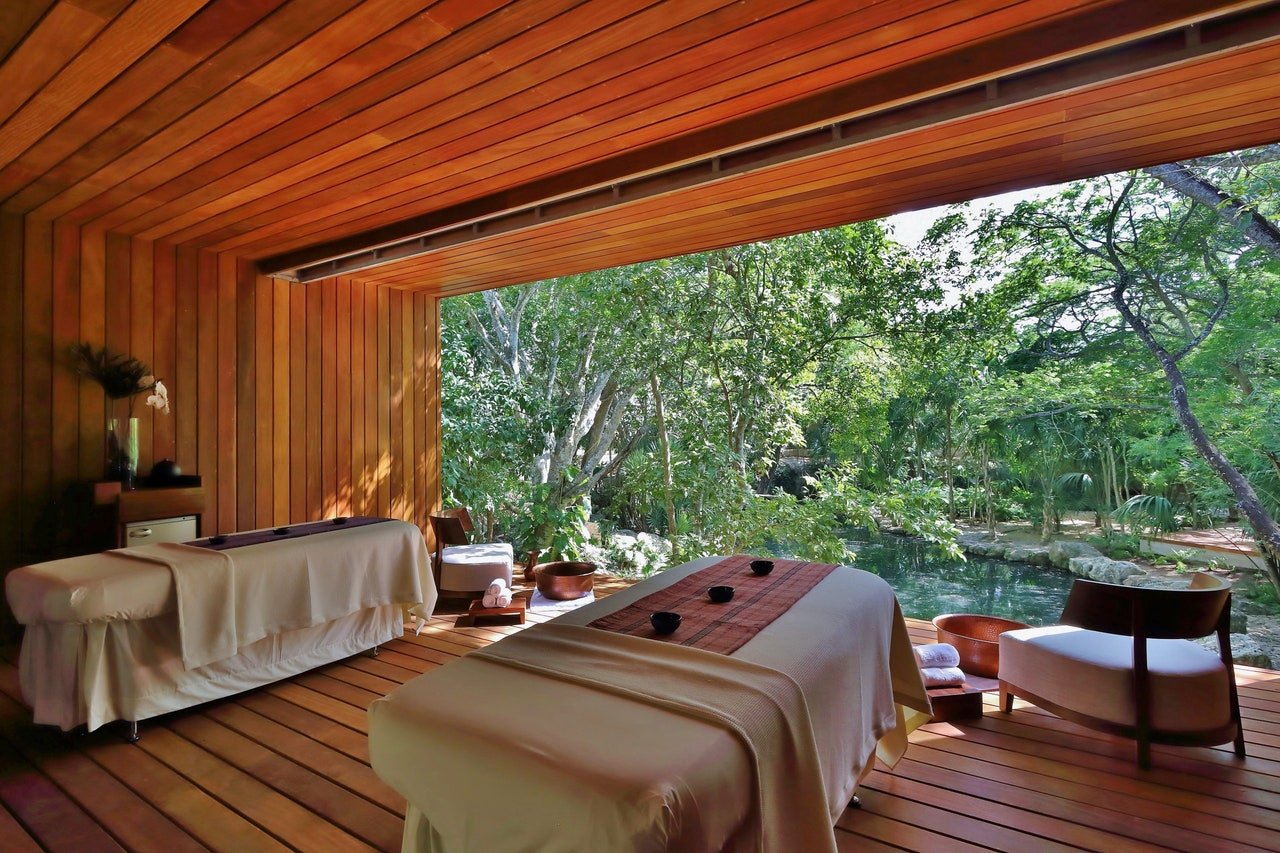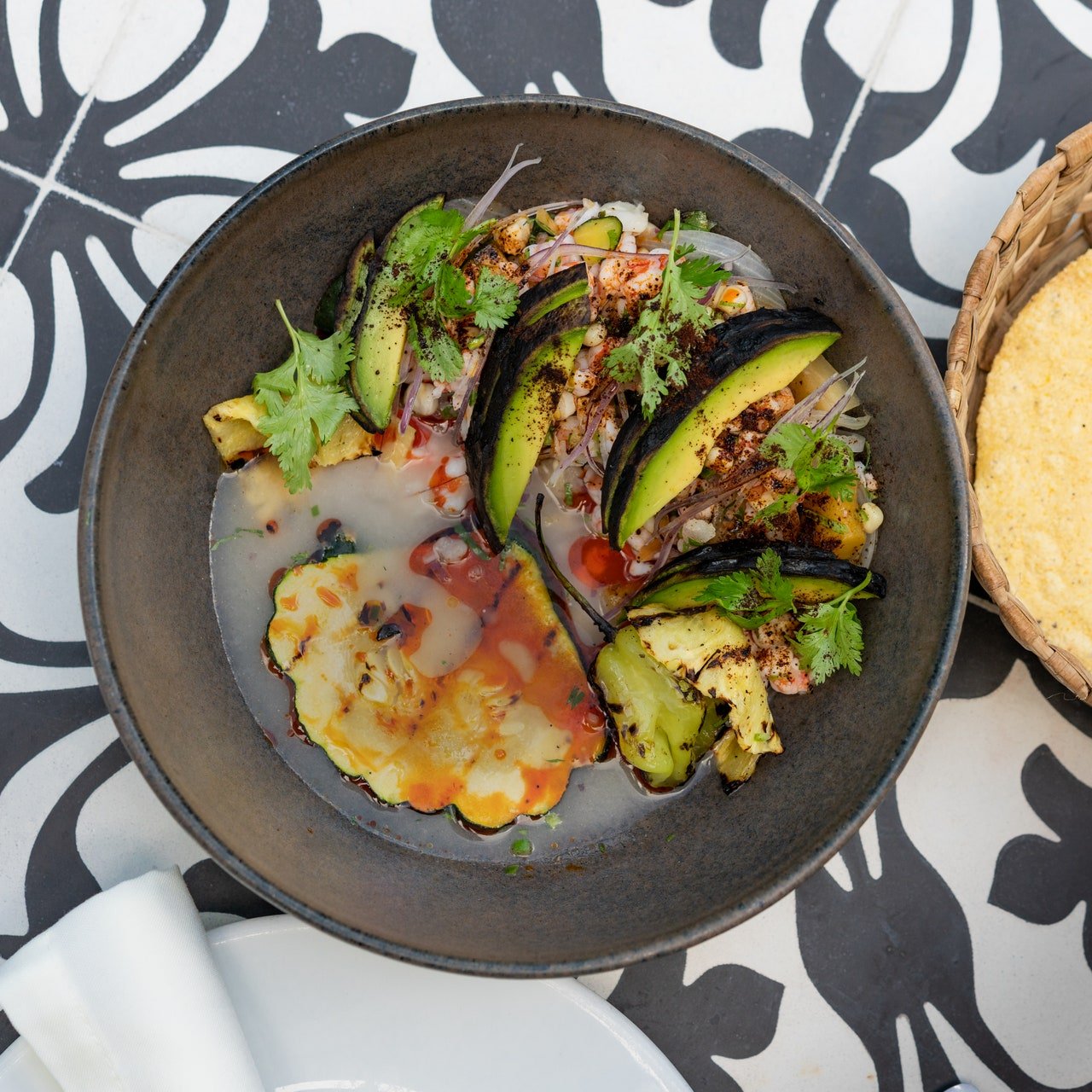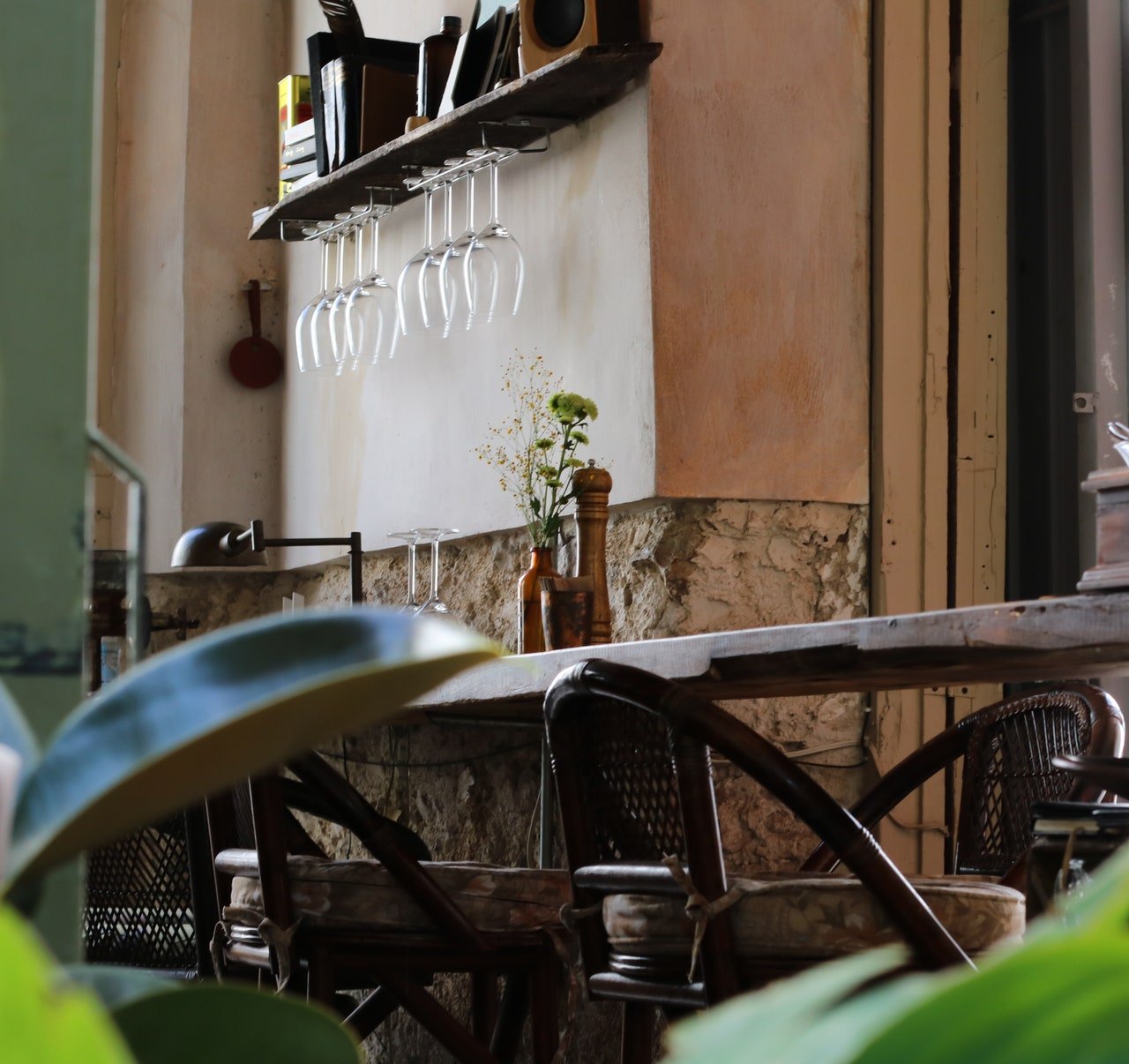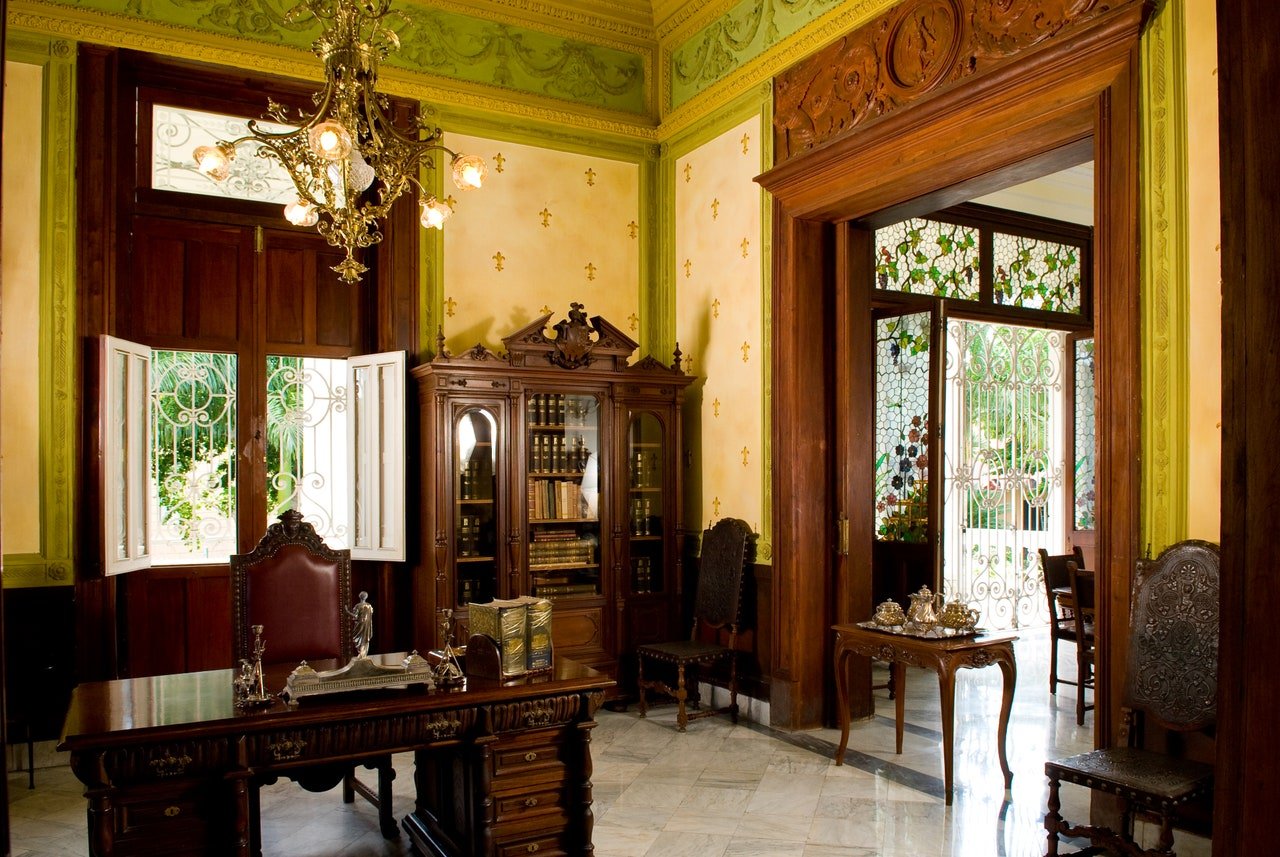By Freda Moon
Freda Moon has traveled Mexico from top to bottom, by car and by sailboat, and has been writing about the country for The New York Times since 2009.
Even as tourism to the Yucatán Peninsula skyrockets, many visitors never travel beyond the so-called Riviera Maya, the heavily developed and wildly crowded coastline between Cancún and Tulum. For travelers drawn to Mexican culture and history, Mérida — founded by the Spanish in the 1500s and constructed using the stones from Maya ruins — is an antidote to the coast’s wall-to-wall all-inclusive resorts. Beyond colonial architecture and centuries-old traditions, Mérida is a young, artsy place best experienced with a free-spirited sensibility. While not a late-night city, it is very safe and comes alive after dark, when there are a few hours of cooler evening air, music calling from seemingly every corner and a general sense that if you wander a few blocks in any direction, you’ll stumble upon something really special.
Recommendations
Key stops
Linger among the locals in Mérida’s plazas and parks, from its lively central square, Plaza Grande, and the sprawling new Parque La Plancha to neighborhood focal points, like Parque de San Sebastián.
Micaela Mar y Leña serves sophisticated Yucatecan dishes, nearly all wood-fired, in a celebratory, reservation-worthy 19th-century mansion.
Take a day trip to Ria Celestún Biosphere Reserve and Celestún Beach for flocks of flamingos and other wildlife, followed by seafood and a swim.
Itinerary
Friday
Pola Gelato Shop
3 p.m. Cool off and check out the crowds
Mérida is one of Mexico’s steamiest cities. Icy treats are the answer. Pola Gelato Shop, in the Santa Lucía neighborhood of the historic city center (Centro), has regionally and seasonally inspired flavors like strawberry with x’catik (a local chile) and banana with hibiscus. Though the shop has a handful of tables, grab a cone (from 55 pesos, or about $3) and head down the block to Santa Lucía’s plaza. Drop into Ki’Xocolatl, now a small domestic chain, which is a go-to for edible gifts, along with cacao-based soaps. Get a chocolate frappé (64 pesos) and sit in one of Yucatán’s distinctive S-shaped sillas confidentes (or confidant chairs) for excellent people watching on the plaza (there are also free traditional dance performances with live music — held weekly since 1965 — here on Thursdays at 9 p.m.).
4 p.m. Search out souvenirs
Across the street on Calle 60, Caracol Púrpura is a series of galleries set around a courtyard cafe, where you’ll be greeted by chest-high ceramic catrinas (glamorously adorned skeleton figurines) and dizzyingly intricate Tree of Life sculptures, from the states of Oaxaca and Puebla. The collective specializes in folk art from around Mexico — an impressive overview of the country’s staggering cultural breadth — along with the works of contemporary Mexican artists. For elegant souvenirs that benefit local artisans, visit Taller Maya on Parque de Santa Ana, another popular plaza. The shop sells quality handmade crafts — including beautiful hammocks with Yucatán-style decorative tassels, natural-dye bedspreads and tortilla baskets woven from jipijapa palm fronds — labeled with the name of the craftsperson who made them and how long they took to produce.
Parque La Plancha
5:30 p.m. Tour a transformed train yard
From Santa Ana, walk east along Calle 47 to Mérida’s defunct, 1920s-era train station, which now houses the Yucatán University of the Arts and the new Parque La Plancha, a 50-acre urban park in the former train yards with an artificial lake, a wading pool, a High Line-esque raised walkway, themed playgrounds, a sprawling food court and a staggeringly large Mexican flag. The park is at its best in the early evening, when it’s a destination for families drawn to its interactive fountain, where children shriek and drench themselves in the spectacle of water, color and music. Other on-site attractions include a scattered collection of restored vintage rail cars and the small but worthwhile Museo de la Luz (admission, 100 pesos), which opened in November with exhibits (many interactive, many in English) focusing on the science and culture of light.
7 p.m. Celebrate the char
For a special-occasion dinner, backtrack to Calle 47 and Micaela Mar y Leña, where the dining room pulsates with celebratory energy. The wood-fired grill gets a workout nightly, turning out charred dishes that include beef ribs with mole, and octopus with sweet potato and pickled vegetables (each dish, 450 pesos). Vegetarian options like cauliflower with tahini and carrots (195 pesos) meet the flames, too. Reservations recommended. After dinner, stop into La Botillería, a bottle shop selling distinctive Mexican spirits — lesser-known mezcals, regional liquors and domestically produced gins not found abroad, including one infused with a bitter orange central to Yucatecan cuisine — that make great gifts. Do a tasting, then return to stock your suitcase.
Autogiro de la Ermita
9 p.m. Follow a night stroll with mezcal and worm salt
Stray from the city’s busiest tourist district and head southwest from the Plaza Grande, the main square, to Parque de San Sebastián, a plaza that is the lively heart of one of Mérida’s oldest Maya neighborhoods and often busy with Zumba classes, carnival games, marching band practice and religious processions. From there, walk back to the adjoining La Ermita neighborhood to find offbeat tattoo shops, closet-size galleries, vegetarian restaurants and street art. Stop into Autogiro de la Ermita, a new-school cantina with exposed stone walls, yellowing lucha libre posters, and sometimes a keyboardist playing tropical dance music or a D.J. spinning salsa. Mezcal is served the classic way, with orange slices, sal de gusano (salt with dried, ground agave worms and chiles) and a botana — a free pub snack — of whole roasted squash. Try the “sorpresa,” or bartender’s choice (140 pesos), if you’re feeling adventurous.
By the early 20th century, Mérida was one of the Americas’ richest cities because of its production of henequen, a plant-derived rope fiber. Several of the city’s grand mansions along Paseo de Montejo date from this heyday and have since opened to the public as museums (including Quinta Montes Molina and, most recently, Montejo 495 Casa Museo). Pop in, or simply gawk from the street. (Or even better, visit one of the region’s remaining, magnificently restored henequen haciendas on your way out of town.) Then for a casual lunch, stop at Ramiro Cocina a few blocks west of Paseo de Montejo, with affordable items scrawled on a chalkboard and patio seating beneath the shade of banana and palm trees. Look for the unusual and uncommonly delicious charred zucchini quesadilla with griddled cheese on an earthy, handmade corn tortilla.





